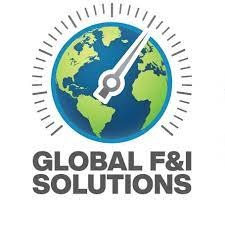
Exploring the Future of Automotive Engineering with HIL Platforms
Infineon Technologies has recently announced a significant partnership with Typhoon HIL to innovate within the automotive sector by providing advanced development and testing tools for electric vehicle (EV) powertrains. This collaboration specifically targets automotive engineering teams, enabling them to leverage a fully-integrated, real-time development environment that promotes rapid prototyping and testing of their xEV powertrain systems.
Why HIL Simulation is Game-Changing for Automotive Development
Hardware-in-the-Loop (HIL) simulation technology is becoming increasingly vital in the automotive industry. Engineers are under pressure to produce reliable systems faster than ever. As Christopher Thibeault, Director at Infineon, noted, developers of xEV components—including motor drives and battery management systems—are now utilizing Controller Hardware-in-the-Loop (C-HIL) alongside traditional simulation techniques. This modern approach enables them to achieve quicker iterations during the testing and prototyping phases, significantly streamlining the overall development process.
Key Features of the Infineon-Typhoon Collaboration
The collaboration provides access to several Typhoon HIL simulators that allow real-time digital testing, paired with a suite of hardware and software tools. The inclusion of Infineon’s TriBoard Interface Card enhances compatibility with the AURIX TC3xx and TC4xx evaluation boards. This plug-and-play interface simplifies the validation workflows and reduces the complexity of development costs for customers involved.
Enhancing Communication in Automotive Systems
A standout feature of the Typhoon HIL solution is the “Automotive Communication Extender” designed for its HIL simulator. This device enhances the communication interface, allowing for connections to multiple Electronic Control Units (ECUs) using protocols like CAN, CAN FD, LIN, and SPI. Such capabilities ensure that engineers can assess a broader range of components simultaneously, further accelerating the development timeline.
Looking Forward: The Future of Automotive Technology
As the automotive industry moves toward electrification and increased digitalization, collaborations like the one between Infineon and Typhoon HIL not only provide manufacturers with advanced tools but also represent a crucial shift toward more efficient engineering practices. With such innovations, companies can expect reduced costs and improved speed to market, which are essential for remaining competitive in today’s fast-paced automotive landscape.
Conclusion: Staying Ahead in the Automotive Game
The partnership between Infineon and Typhoon sets an exciting precedent for the automotive sector, particularly in the realm of xEV solutions. As automotive engineers gain access to such advanced testing environments, the industry can anticipate not only the rapid development of high-quality automotive products but also the potential for further innovations that will continue pushing the boundaries of technology.
Dealership principals, GMs, and Fixed Ops Directors should keep an eye on these developments, as they not only highlight technological progress but also present opportunities for enhancing their operations and addressing customer needs more effectively.
 Add Row
Add Row  Add
Add 




 Add Row
Add Row  Add
Add 

Write A Comment